Mountain biking attracts thrill-seekers who love pushing their limits, but some trails take that concept to terrifying extremes. These aren’t your typical weekend rides through scenic forests or gentle rolling hills. We’re talking about trails that have earned their reputation through broken bones, emergency helicopter rescues, and riders who’ve sworn off certain routes forever.
The trails on this list represent the absolute pinnacle of mountain biking difficulty, where technical skill meets raw courage. Many seasoned riders approach these routes with a mix of excitement and genuine fear. Here is a list of 16 mountain bike trails that will test every ounce of your riding ability and possibly leave you questioning your life choices.
The Whole Enchilada
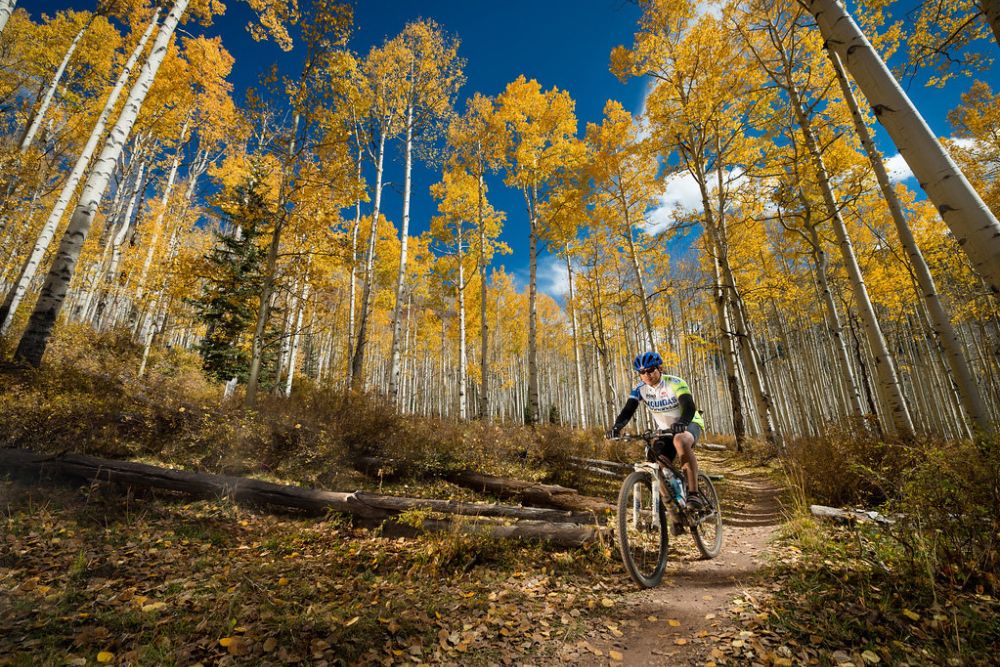
This 26-mile monster in Moab, Utah, combines multiple trail systems into one grueling adventure that starts at 8,000 feet elevation. The descent covers everything from high-altitude slickrock to technical desert terrain, with exposure that’ll make your palms sweat just thinking about it.
Most riders take an entire day to complete this beast, and many don’t finish at all. The name might sound whimsical, but there’s nothing funny about the commitment required to tackle this legendary route.
Rampage Course
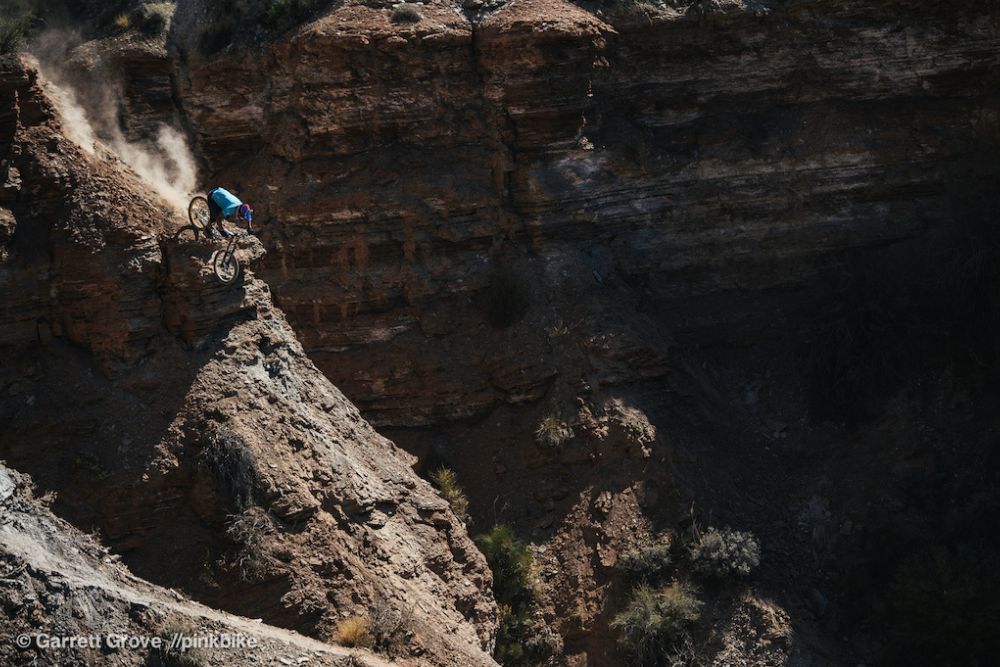
Red Bull Rampage in Virgin, Utah, isn’t technically open to the public, but the terrain where it takes place represents the absolute extreme of what’s possible on a mountain bike. Professional riders spend weeks building custom lines down near-vertical cliffs, launching themselves off 40-foot drops onto razor-thin landing zones.
The exposure is so intense that even world-class athletes sometimes back out of their planned lines. This is where mountain biking meets BASE jumping, and the margin for error is essentially zero.
Like Travel Pug’s content? Follow us on MSN.
The Whistler Bike Park A-Line
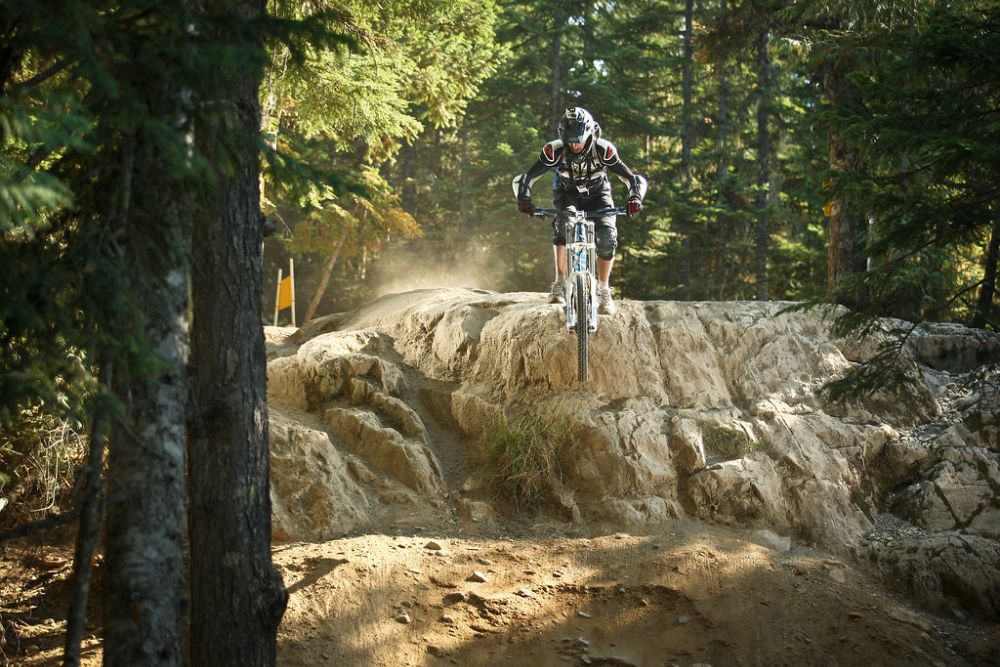
Don’t let the name fool you into thinking this is a beginner’s trail. A-Line at Whistler in British Columbia features massive jumps, high-speed sections, and technical features that separate the pros from everyone else. The speeds riders reach on this trail would be illegal on most highways, and the consequences of a mistake at those velocities are severe.
Many riders who attempt A-Line end up walking significant portions after realizing they’re in way over their heads.
Porters Pass
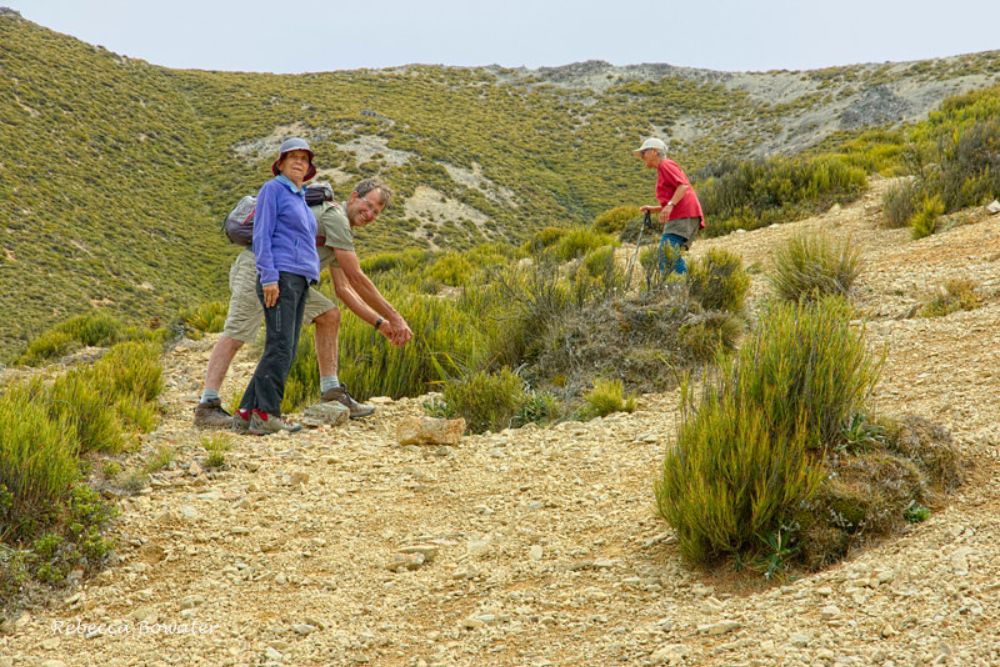
Located in New Zealand’s South Island, Porters Pass combines alpine exposure with technical terrain that changes dramatically with weather conditions. The trail sits at high elevation where conditions can shift from perfect to dangerous in minutes, with loose rock and exposure that demands absolute precision.
Riders often describe the experience as beautiful and terrifying in equal measure. The remoteness means that any serious incident becomes a major rescue operation.
Cliffs of Insanity
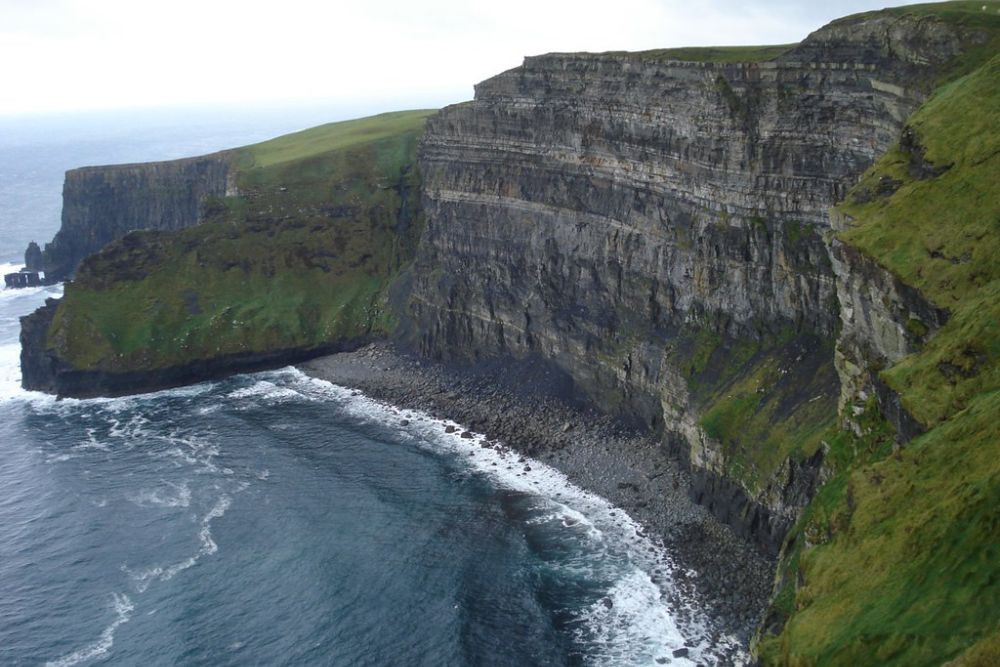
This appropriately named trail in Moab lives up to its intimidating title with sections that follow narrow ledges hundreds of feet above the desert floor. The slickrock surface becomes treacherous when wet, and there are multiple spots where a small mistake means a very long fall.
Even experienced Moab riders approach this trail with serious respect and careful planning. The exposure is so intense that many riders find themselves unable to continue once they see what lies ahead.
Like Travel Pug’s content? Follow us on MSN.
Death Road
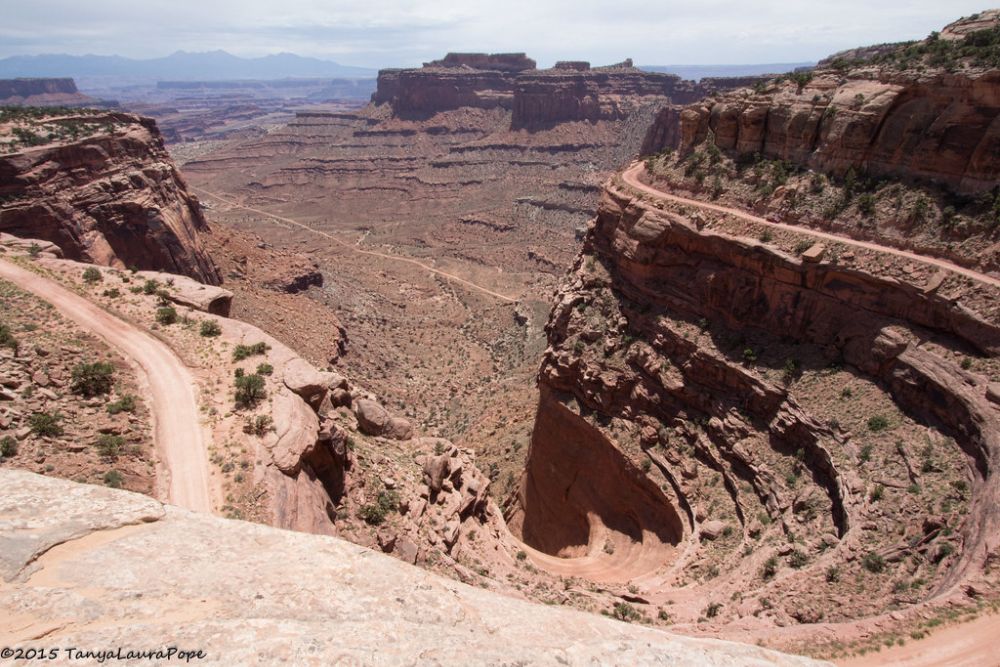
Bolivia’s infamous Death Road has claimed the lives of thousands of vehicles over the years, and mountain biking down this narrow, cliff-hugging route adds another layer of danger. The 43-mile descent drops over 11,000 feet through changing climates and deteriorating road conditions.
Loose gravel, unmarked drop-offs, and the occasional vehicle sharing the narrow path create a uniquely hazardous experience. Tour companies offer guided rides, but the statistics on accidents remain sobering.
Rough Trail
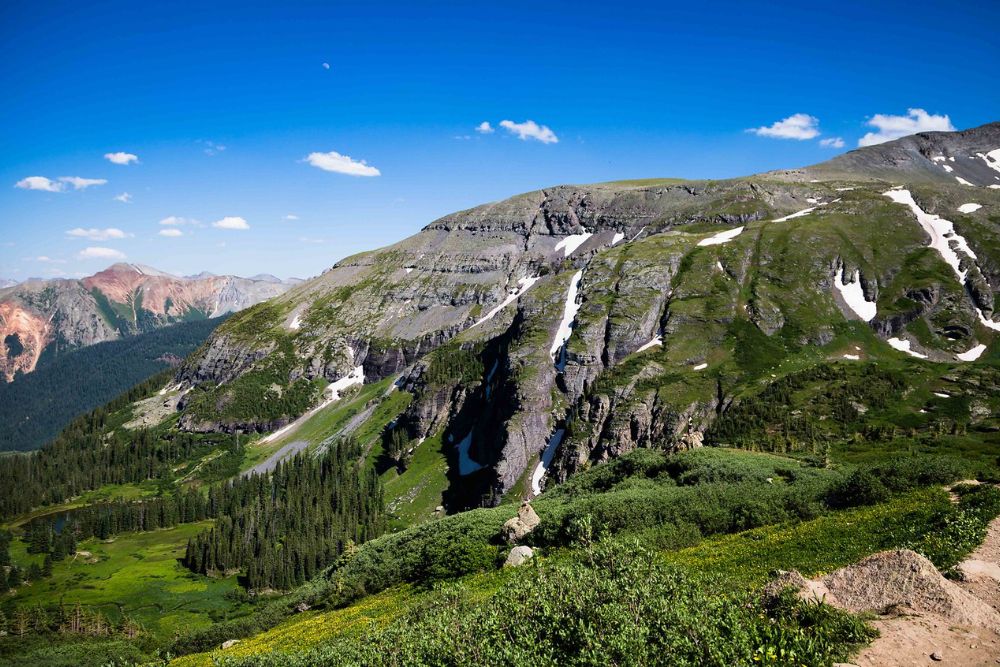
Despite its understated name, Rough Trail in Park City, Utah, delivers exactly what it promises and then some. This trail features rocky, technical terrain that punishes any lapse in concentration or bike handling skills. The steep grades and loose rock make climbing sections nearly impossible for most riders, while the descents require pinpoint accuracy to avoid serious crashes.
Local riders use this trail as a proving ground, and many visitors leave with newfound respect for Utah’s technical terrain.
Backbone Trail

The Backbone Trail on the North Shore of Vancouver represents the pinnacle of technical riding in an area already famous for its challenging trails. Narrow wooden bridges, steep rock faces, and root-covered sections create a gauntlet that tests every aspect of mountain biking skill.
The consequences of mistakes are amplified by the technical nature of the features and the unforgiving terrain below. Even riders who complete the trail often describe it as more survival than recreation.
Like Travel Pug’s content? Follow us on MSN.
Porcupine Rim
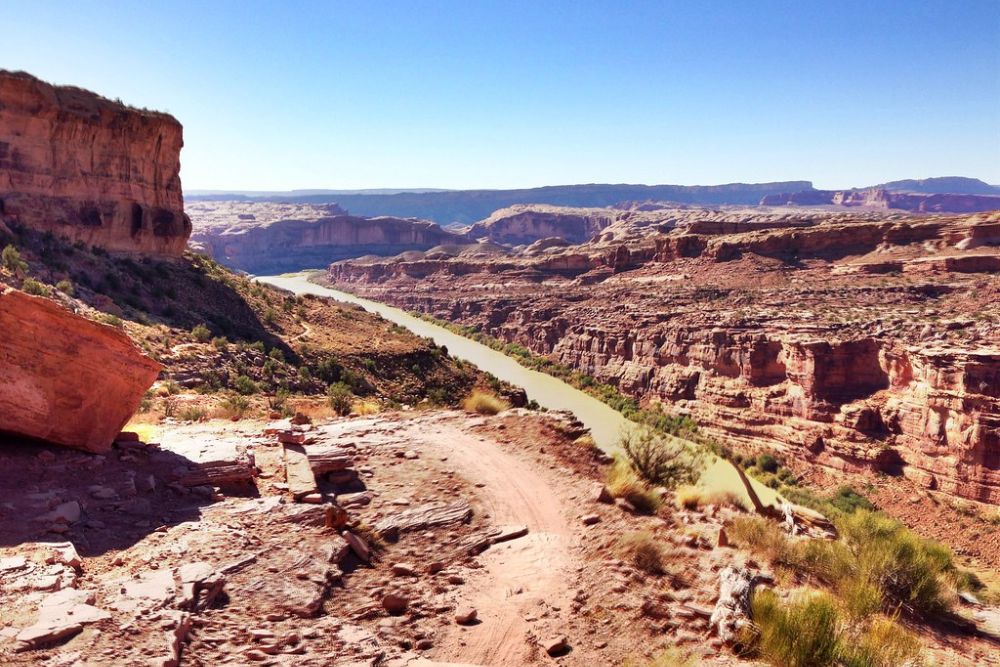
This Moab classic combines stunning scenery with genuinely dangerous exposure along cliff edges that drop hundreds of feet to the Colorado River below. The trail’s most infamous section, known as the ‘pucker factor’, forces riders to navigate narrow slickrock with minimal room for error.
Strong crosswinds can literally blow riders off their intended line, and the mental challenge often proves as difficult as the physical demands. Many riders turn back after getting their first real look at what lies ahead.
Hell’s Revenge
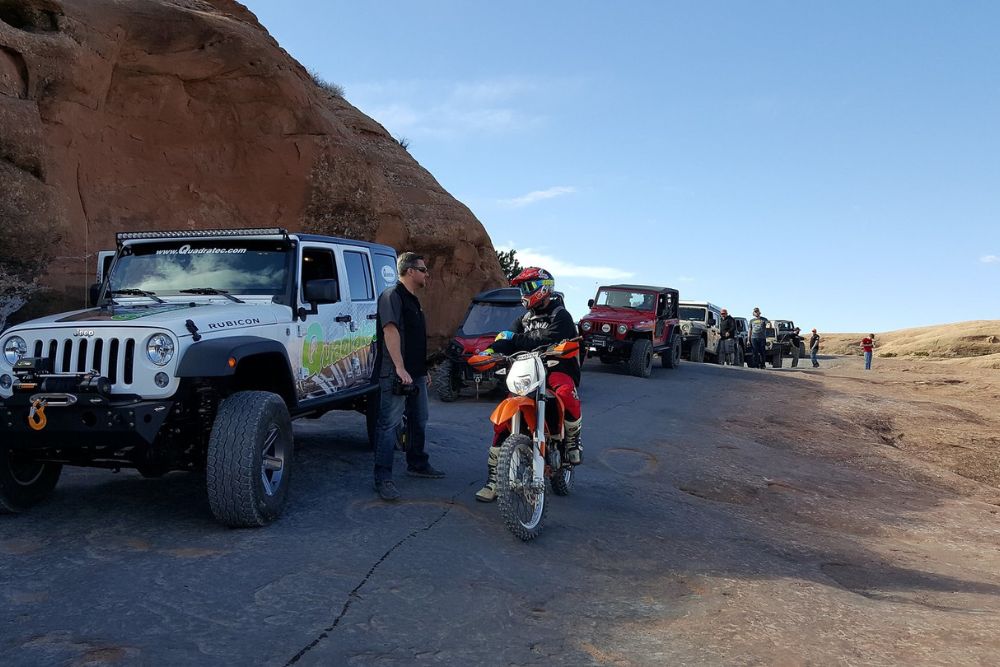
Another Moab legend, Hell’s Revenge earned its name through a combination of extreme slickrock riding and sections that seem to defy the laws of physics. The trail includes climbs so steep that most riders have to push their bikes, followed by descents that require absolute commitment once you start.
The slickrock surface offers incredible traction when dry but becomes lethally slippery with even minimal moisture. Riders often describe completing this trail as a life-changing experience, assuming they complete it at all.
Downieville Downhill
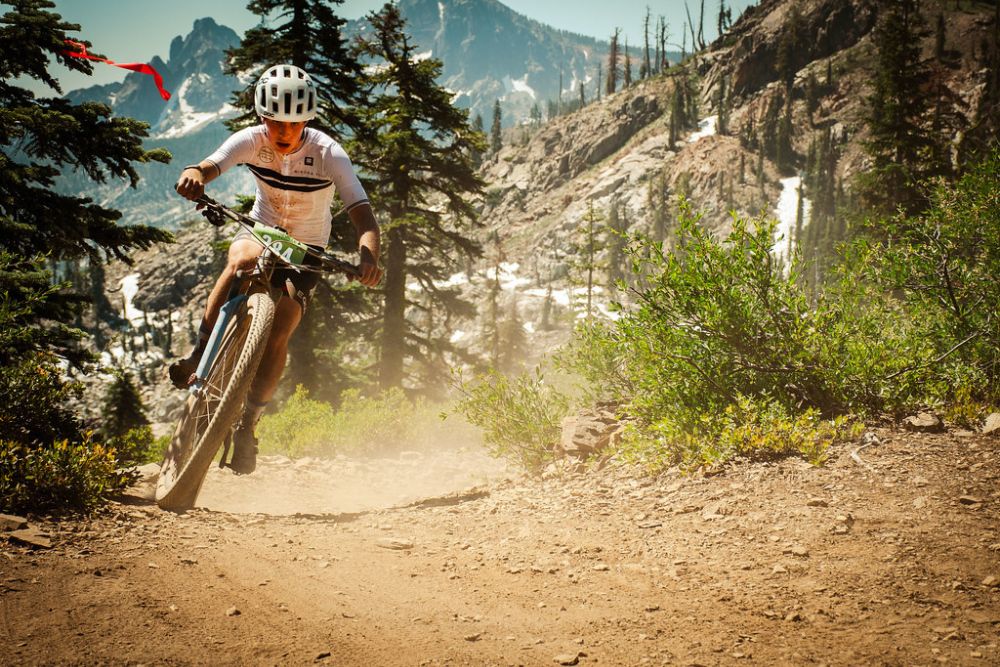
California’s Downieville Downhill covers 15 miles of high-speed singletrack with technical rock gardens, creek crossings, and exposure that keeps riders on edge throughout the entire descent. The trail’s length means that fatigue becomes a serious factor, and tired riders make more mistakes on increasingly technical terrain.
The combination of speed and technical challenges has resulted in numerous serious injuries over the years. Even shuttle services that transport riders to the top warn about the trail’s difficulty and recommend specific skill levels.
Like Travel Pug’s content? Follow us on MSN.
Goat’s Gully
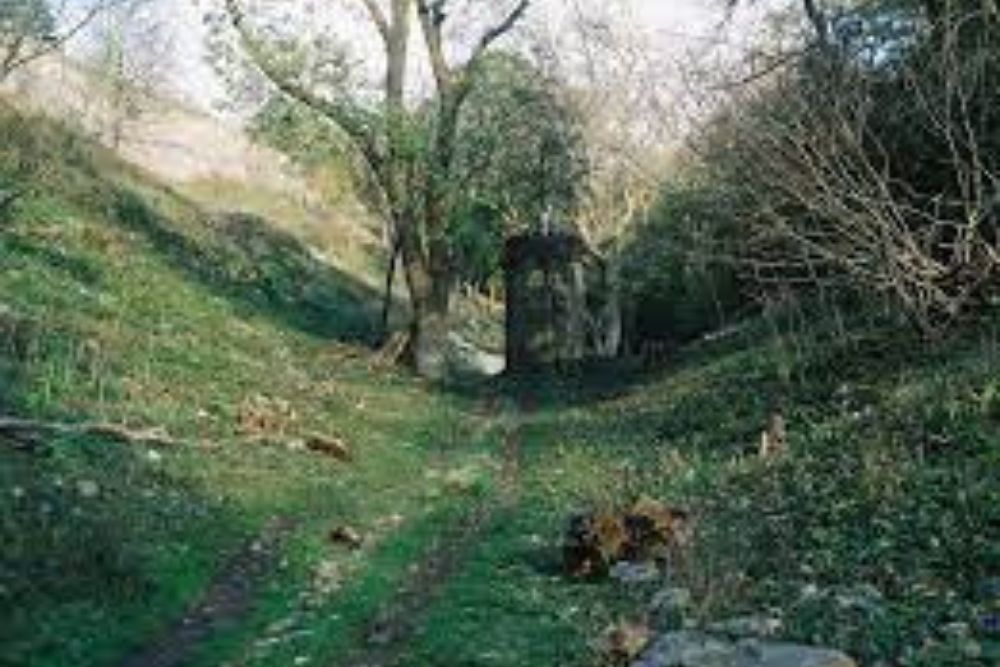
Located in Scotland’s Highlands, Goat’s Gully lives up to its name with terrain so steep and loose that it seems better suited to actual goats than mountain bikes. The trail features sections where riders must navigate between boulders on slopes that approach the angle of repose for loose rock.
Weather conditions can change rapidly at elevation, turning an already challenging trail into something genuinely dangerous. The remote location means that mechanical failures or injuries become serious situations very quickly.
Kamikaze Downhill
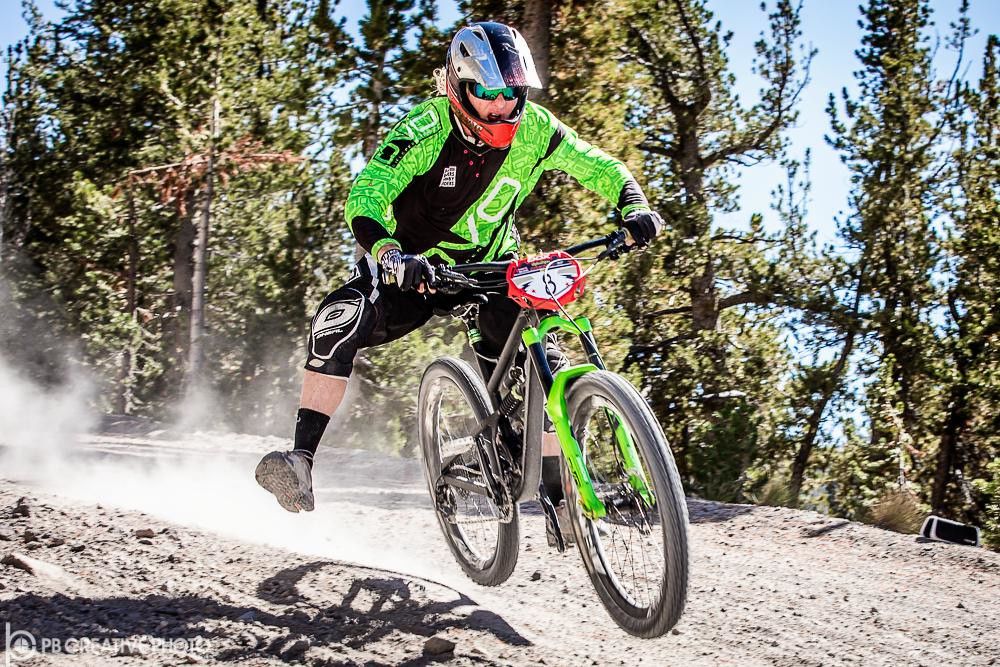
Mammoth Mountain’s Kamikaze Downhill in California has been humbling mountain bikers since the sport’s early days. This steep, loose, high-speed descent requires riders to maintain control while navigating rocks, roots, and sudden elevation changes at speeds that leave little time for reaction.
The trail’s gradient and surface conditions create a perfect storm of factors that challenge even professional downhill racers. Many riders find themselves walking sections they thought they could ride, and finishing clean runs becomes a badge of honor.
Mineral Bottom
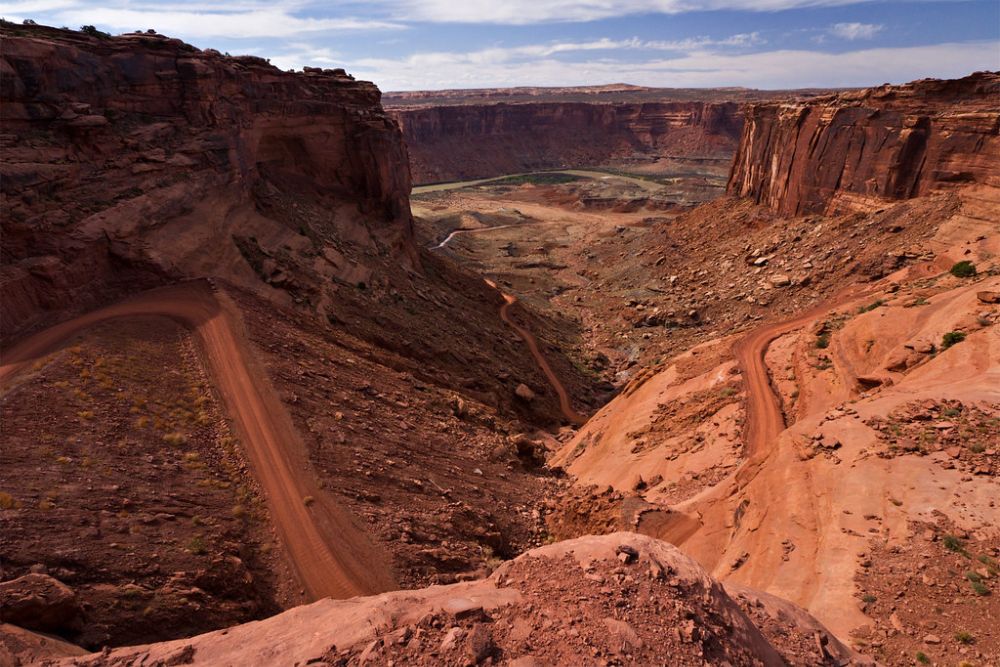
This Utah trail combines the worst aspects of desert riding: extreme heat, no shade, technical rock navigation, and isolation that makes any mechanical issue a potential emergency. The trail follows an old mining road that deteriorates into barely rideable terrain as it progresses deeper into the canyon.
Riders must carry significant water supplies, but the technical nature of the terrain makes crashes more likely, potentially damaging essential gear. The psychological challenge of being hours from help adds another layer of difficulty to an already demanding ride.
Like Travel Pug’s content? Follow us on MSN.
Psycho Path
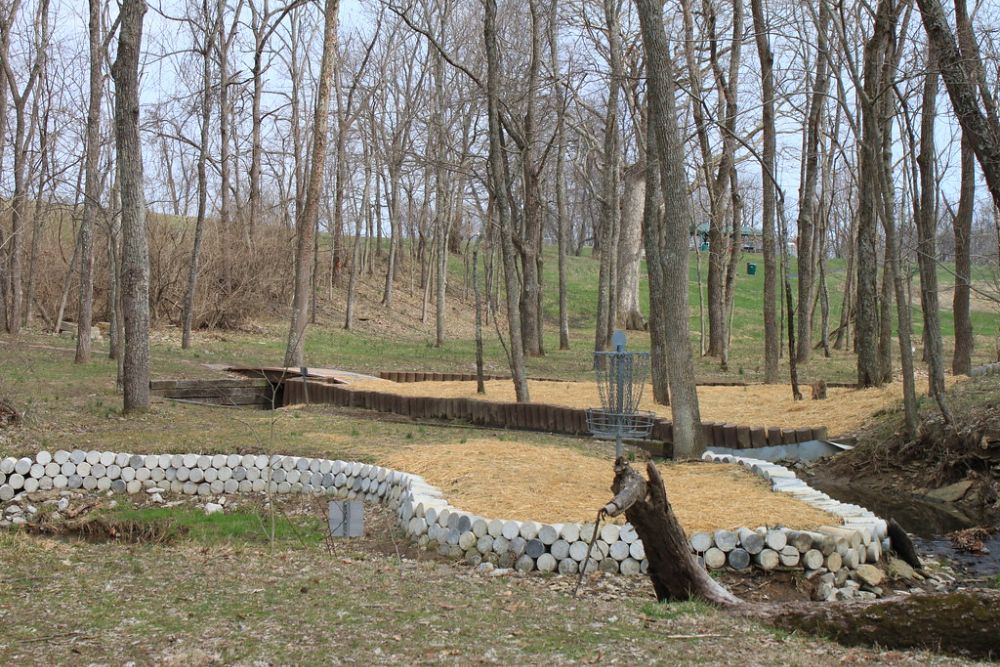
British Columbia’s Psycho Path earned its name through a series of technical features that push the boundaries of what’s rideable on a mountain bike. The trail includes gap jumps, steep rock rolls, and narrow bridges that demand absolute precision and commitment.
The margin for error on many features is measured in inches, and the consequences of mistakes range from equipment damage to serious injury. Even riders who complete the trail often describe certain sections as more terrifying than fun.
Captain Ahab
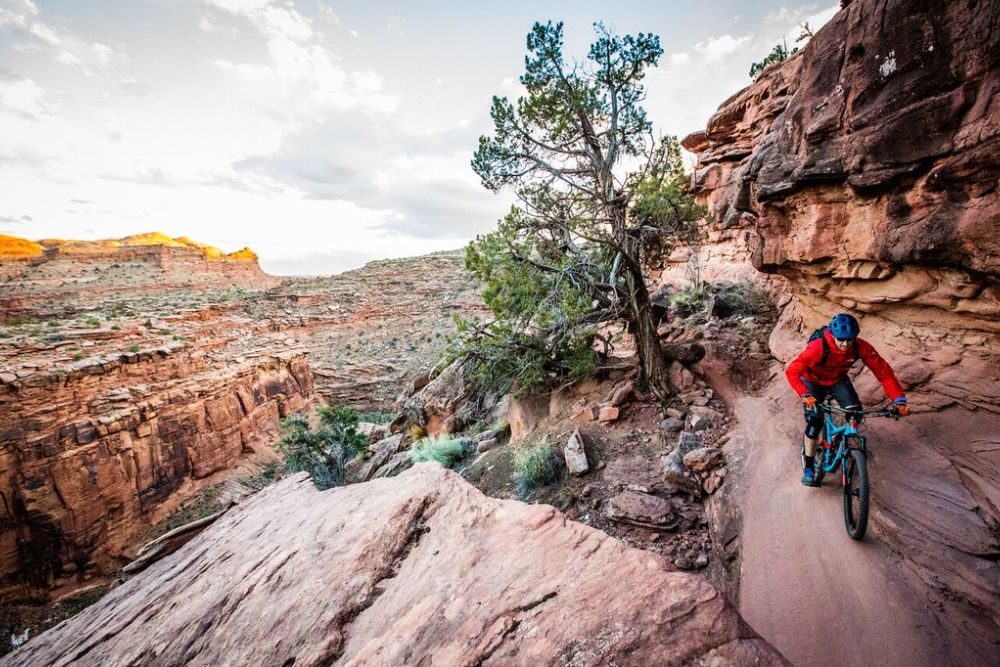
This Moab trail takes riders through some of the most technically demanding slickrock terrain in an area already famous for challenging riding. The route includes off-camber sections, narrow ledges, and climbs so steep they seem impossible until you’re doing them.
The exposure and technical demands create a trail that many riders attempt multiple times before completing successfully. Weather conditions, particularly wind, can make an already difficult trail genuinely dangerous, and many riders choose to turn back rather than risk the exposed sections in poor conditions.
When Adventure Becomes Survival
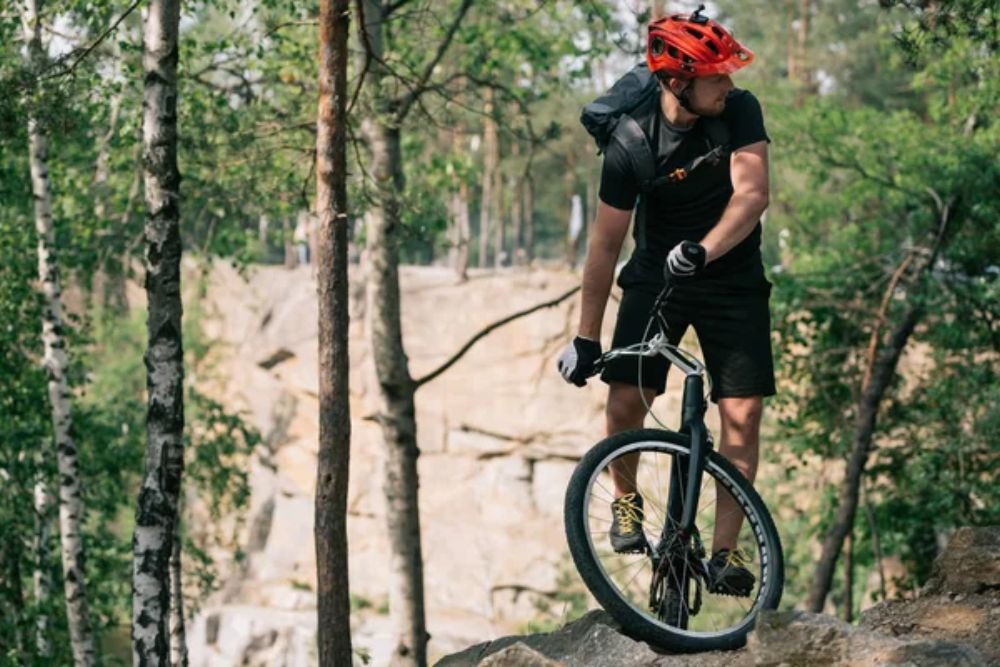
These trails represent the extreme edge of mountain biking, where the line between adventure and survival becomes uncomfortably thin. They’ve earned their reputations through decades of challenging even the world’s best riders, and their difficulty levels haven’t diminished with improved bike technology or rider skills.
The common thread among all these routes isn’t just technical difficulty, but the serious consequences that await riders who exceed their abilities or encounter bad luck on unforgiving terrain. While mountain biking continues to evolve and push boundaries, these trails remain as humbling reminders that some challenges in the sport demand nothing less than absolute respect and preparation.
More from Travel Pug

- 20 Best Beach Towns in the Carolinas
- 13 Destinations Where Tourists Regularly Regret Their Trip
- 20 Things You Actually Get in First Class
- 20 Small Airports With Aviation Museums
- 20 Places in the U.S. That Are Perfect for a Reset Trip
Like Travel Pug’s content? Follow us on MSN.
